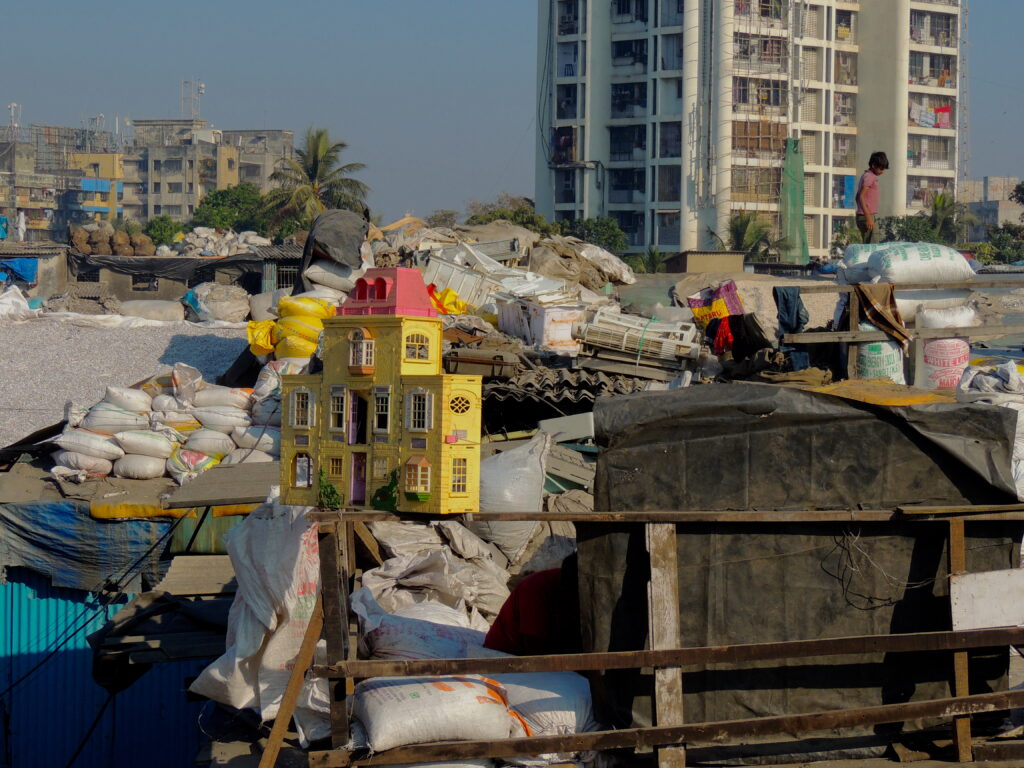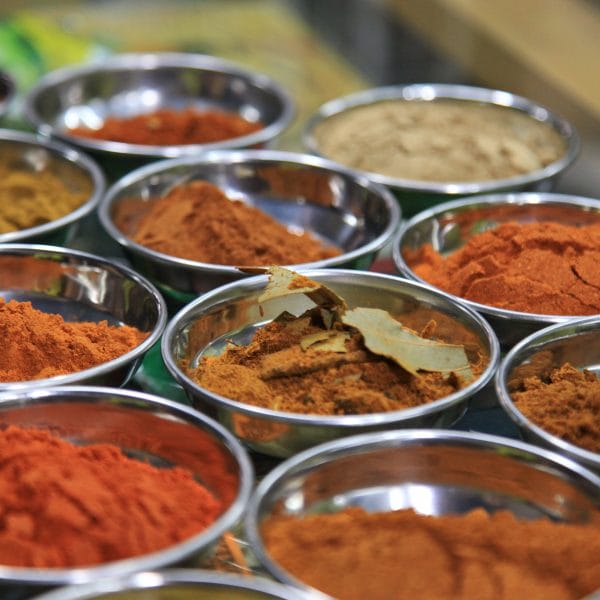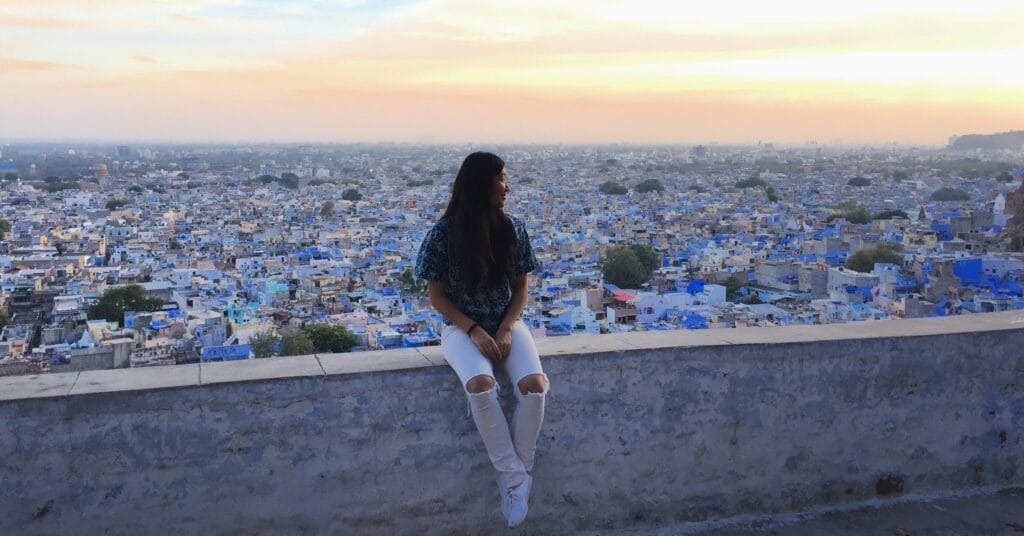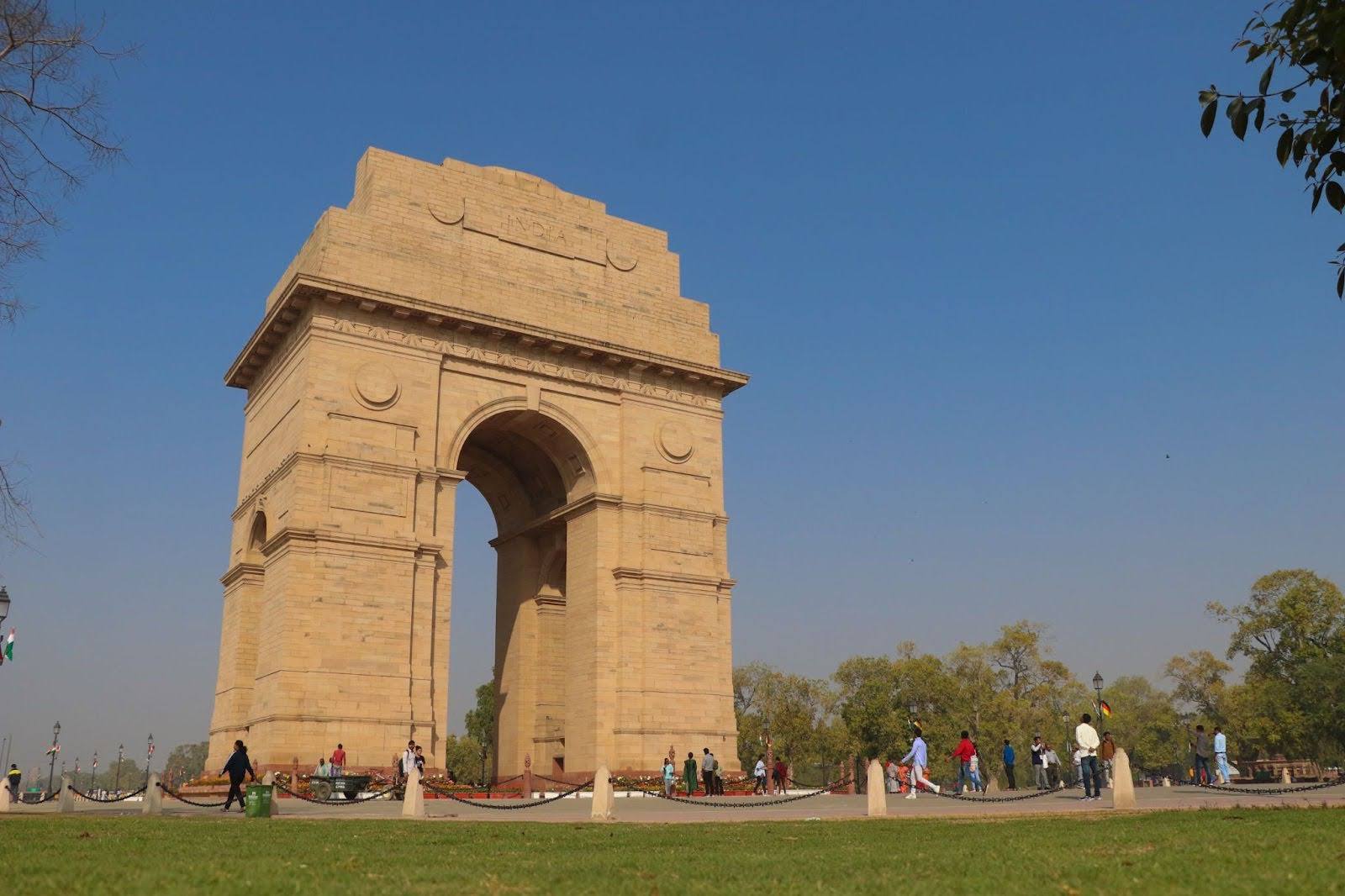Among the hidden places in Delhi are stories that go beyond monuments, tales that still breathe in its ruins, gates, and stepwells.
Delhi, the capital of a country that has enriched its culture and traditions for centuries. It isn’t a city that you simply ‘visit’. It is the place where you soak yourself in the right amount of ancient and modern vibes.
Most visitors come for the big names- be it the Red Fort, Humayun’s Tomb, or India Gate. And they are worth every admiration. But Delhi’s fascinating stories are not always listed on the must-visit tourist maps; they live in forgotten corners, half-buried stepwells, and in gates that remember more than they should.
More than ‘lesser-known attractions’, they are the city’s memory keepers. Let’s dive deep into the sights where it is about listening to the tales Delhi still whispers:
Key Takeaways
- Delhi is more than just its famous landmarks, its hidden corners hold the city’s true stories.
- Places like Agrasen Ki Baoli, Tughlaqabad Fort, and Khooni Darwaza are memory keepers of Delhi’s past.
- Forgotten gems, such as Hauz Khas and Chandni Chowk, reveal how the city has transformed over the centuries.
- These lesser-known spots aren’t just attractions, they are storytellers that whisper Delhi’s layered history.
Agrasen Ki Baoli – A Hidden Tale of Delhi’s Ancient Stepwells
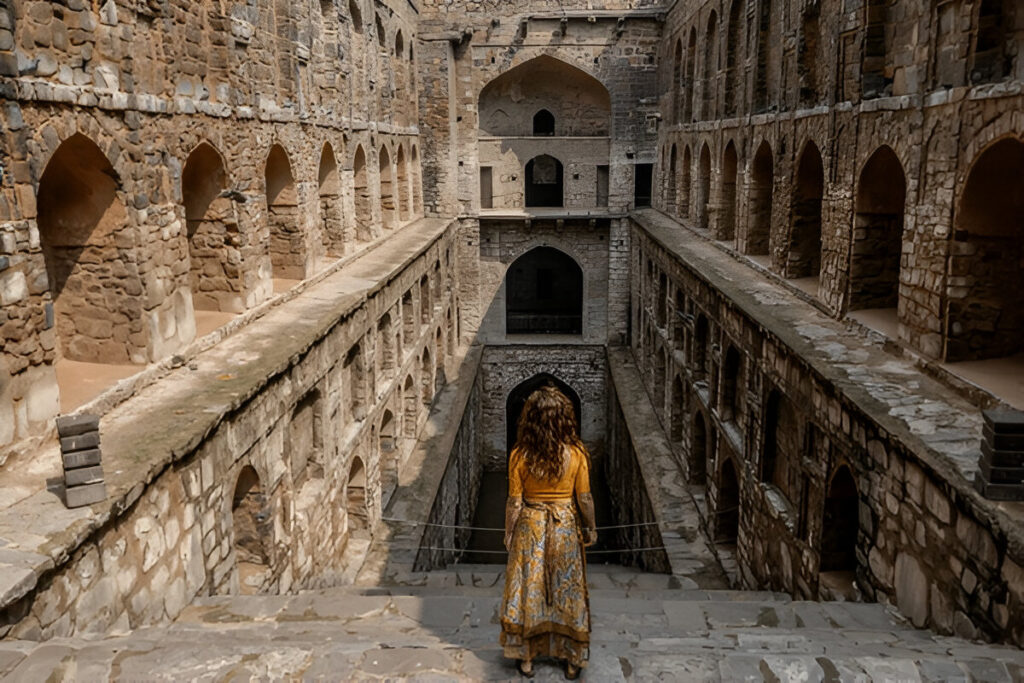
Right behind the bustling street of Connaught Place lies Agrasen ki Baoli, an ancient stepwell with 108 steps. They are perfectly symmetrical steps leading down into the earth. Although legend associates it with the ancient king Agrasen, historians attribute its construction to a later rebuild during the Delhi Sultanate era. Today, it’s an Archaeological Survey of India (ASI) protected site. Very old, very real, very photogenic.
Traveler’s tip: Go early (gates usually open around 9 am). You can get the place more to yourself!
Rashtrapati Bhavan’s Hidden Bunker- British secret beneath the seat of power
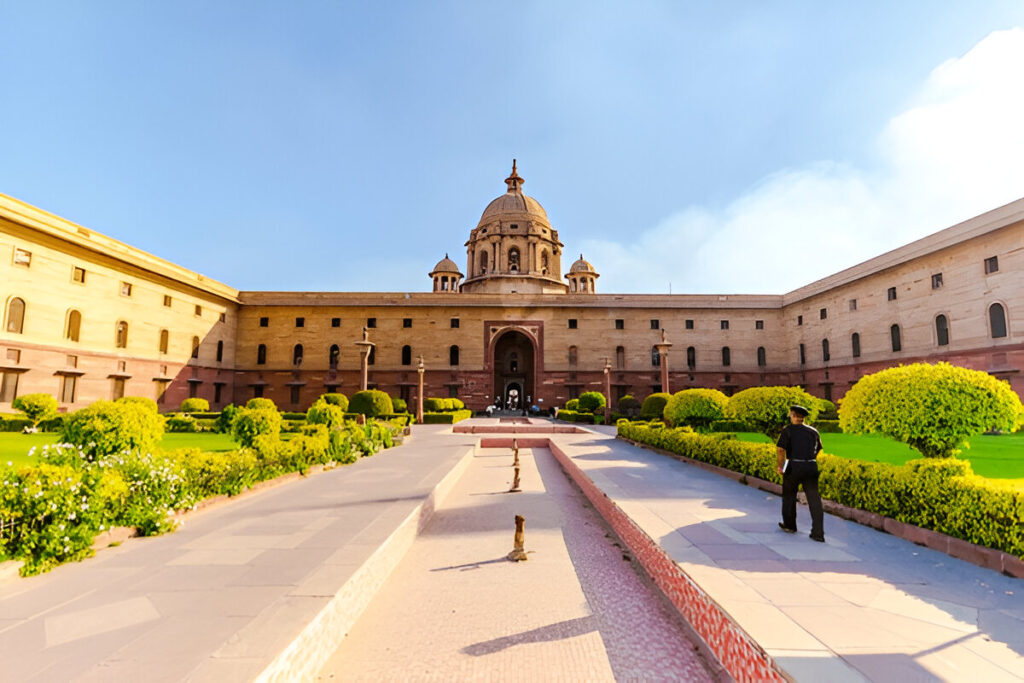
Built in the early 20th century as the Viceroy’s House, it now serves as the official residence of the President of India. Thousands of visitors admire its architecture every year, but very few know about what lies beneath it.
According to the researcher, during the British era, it had a secret tunnel that connected it to various government offices. A two-kilometer tunnel from Rashtrapati Bhavan led to the old Parliament House, and another 10-12-kilometer tunnel connected Rashtrapati Bhavan with the Red Fort.
Tughlaqabad Fort- The cursed capital
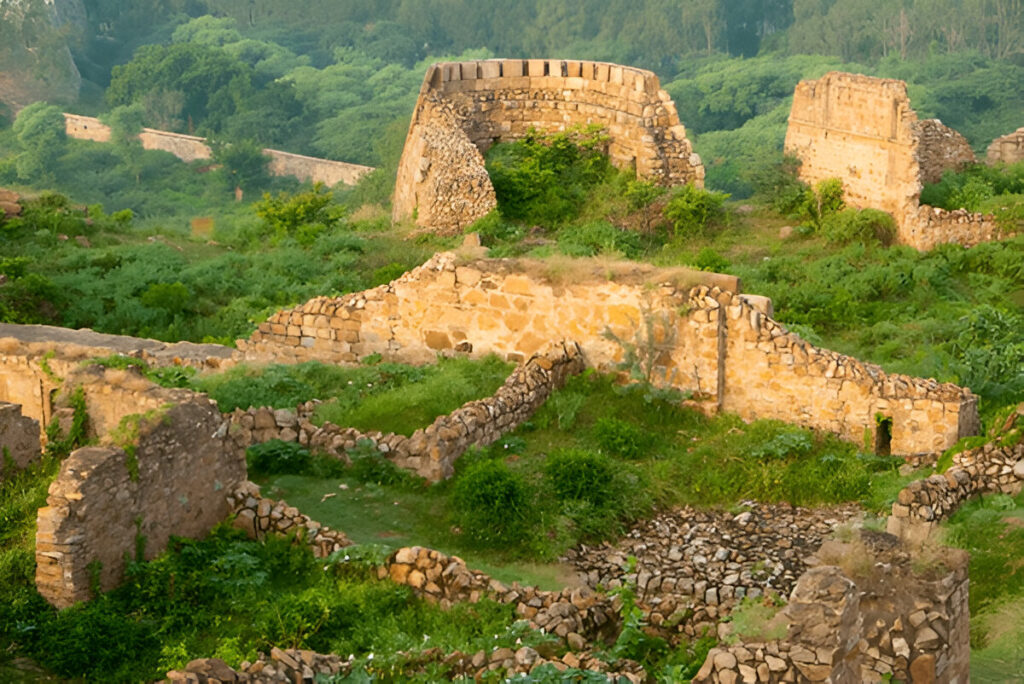
Built in 1321 by Ghiyas-ud-Din Tughlaq, Tughlaqabad fort was meant to be an unbeatable fortress city. It was abandoned in 1327, with the legend attributing this to the curse of Saint Sheikh Nizamuddin Auliya. The curse is said to have originated when Ghiyas-ud-din Tughlaq, in his ambition to build the fort, obstructed the construction of a stepwell by Nizamudin Auliya.
Whether you believe in curses or not, the city was abandoned soon after the ruler’s death, and it remains empty to this day.
The seven cities of Delhi- Layers of time
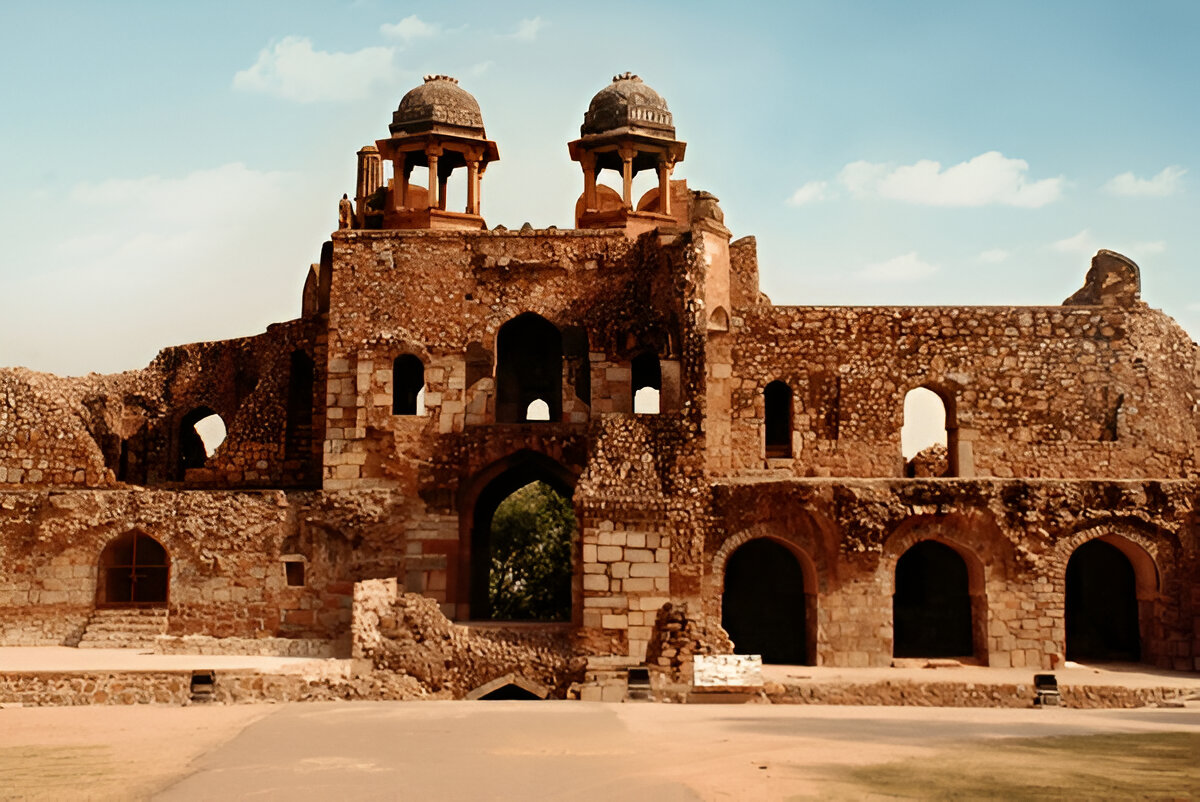
Delhi isn’t one city; it’s many, built over one another like layers of a cake. Historians often refer to seven major historical cities, including Lal Koti, Siri, Tughlaqabad, Jahanpanah, Firozabad, Purana Qilla, and Shahjahanabad; while some historical texts mention eight cities, including Indraprastha, each with its forts, markets, and walls.
Modern Delhi is the latest chapter, but the earlier ones are still present, scattered in ruins and street names. Walk in the right direction, and you might transit from one century into another in the space of a minute.
Khooni Darwaza- the bloody gate
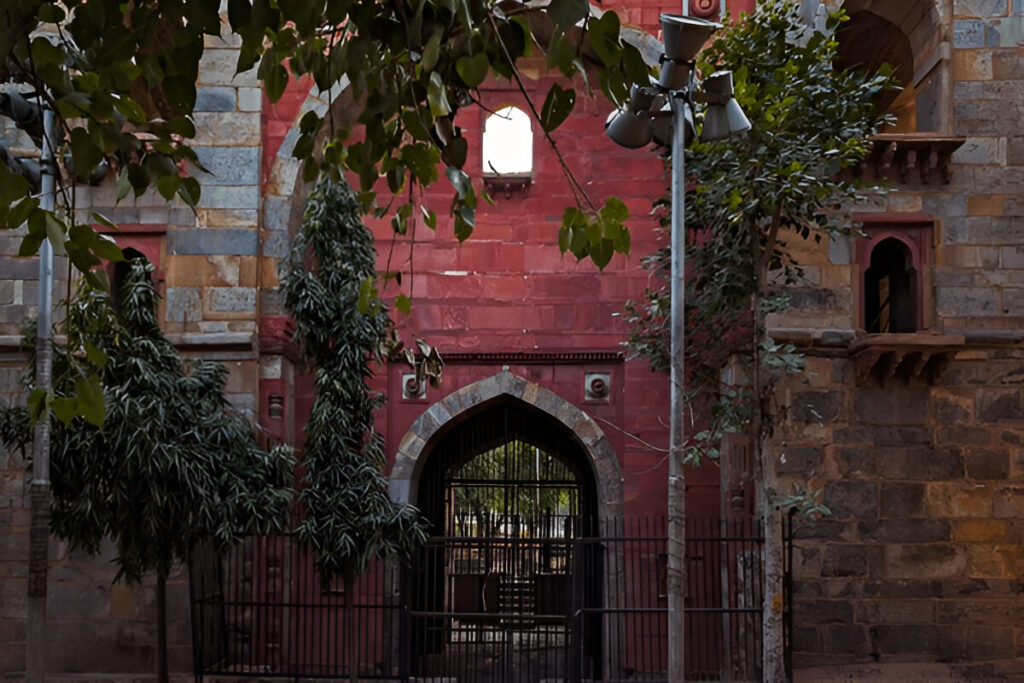
This gateway on Bahadur Shah Zafar Marg carries a heavy memory. In 1857, a British officer, William Hodson, shot three Mughal princes near here; this act turned the spot into a byword for blood.
Its older name was Lal Darwaza (the red gate). The gate predates that tragedy, but the event fused with the structure in Delhi’s mind.
The canal that made Old Delhi sparkle
Before the bustling bazaars, Old Delhi’s main street was a tranquil garden path, with a canal flowing through its center. Shah Jahan extended a branch of the Western Yamuna Canal to feed his new capital of Shahjahanabad.
The original design of Chandani Chowk incorporated elements that reflected the moonlight, creating a shimmering effect across the square. Think shade, orchards, and reflection of moonlight- the original “Chandani” of Chandani Chowk.
Hauz Khas: from survival tank to sunset date spot
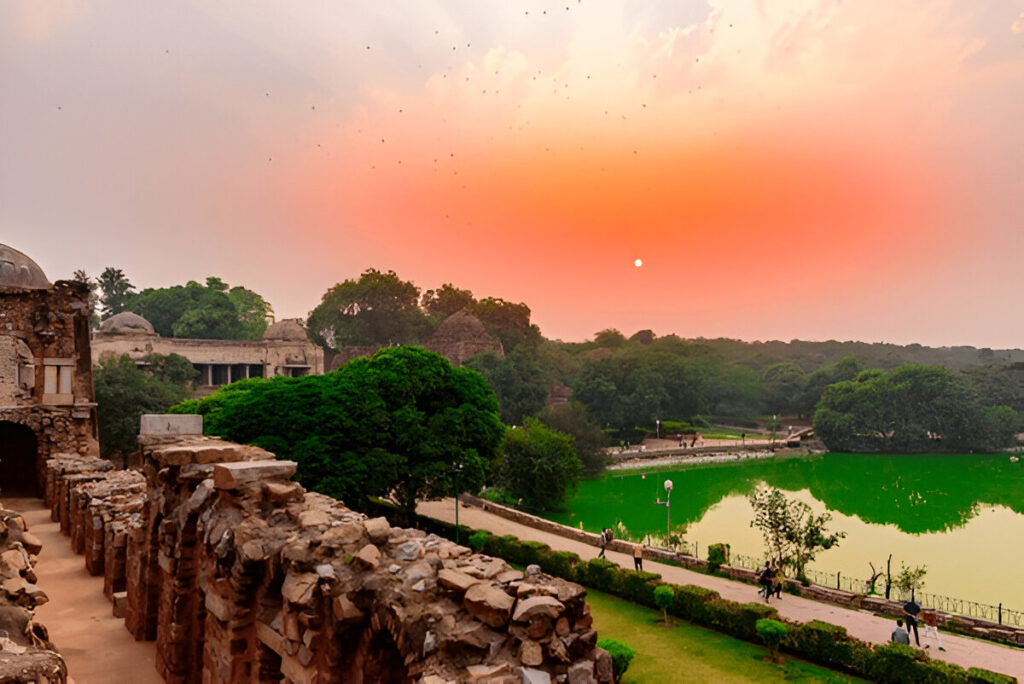
Long before cafes arrived, Alaudin Khilji dug a massive reservoir referred to as the Hauz-i-Alai to provide water for his capital of Siri (14th century). A few years later, Firoz Shah Tughlaq restored it and constructed a madrasa (a college for Islamic instruction) and his tomb beside the lake.
Today, the deer still wander in the park, and the reservoir still reflects the evening light- just as it must have done 700 years ago.
Why these Hidden Tales of Delhi Still Matter
These places aren’t just “hidden gems”. They stand as reminders of what Delhi’s stories have been over centuries. If you listen closely, you will hear them.
So, the next time you find yourself in Delhi, take a small step away from the obvious path. Let the city surprise you. Plan your Delhi sightseeing tour differently this time, and wander off the tourist trail.
If these hidden corners fascinate you, explore Delhi from a different perspective with our blog How to Do Delhi Like a Local: Pradeep’s 5 Favourite Places in Delhi — where everyday hangouts and local stories come alive.
You can also check out our How to Spend One Day in Delhi: Best Itinerary for First-Time Visitors for a perfectly balanced plan that covers both iconic landmarks and offbeat gems.

